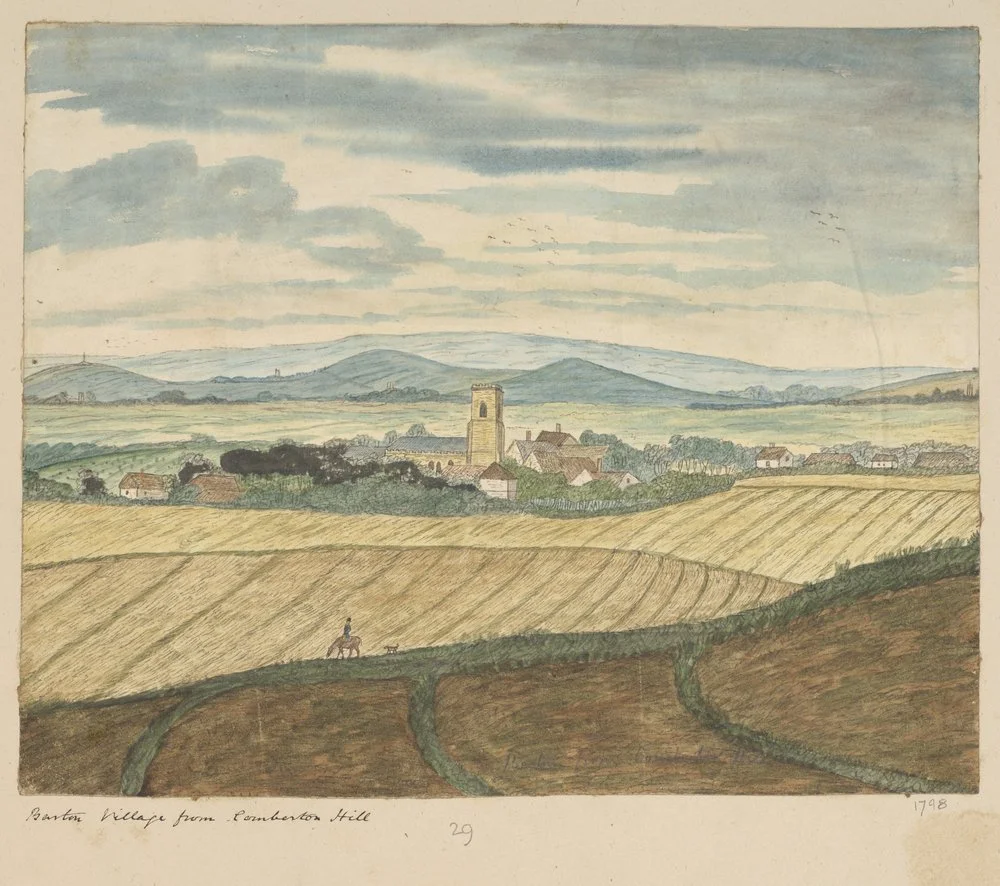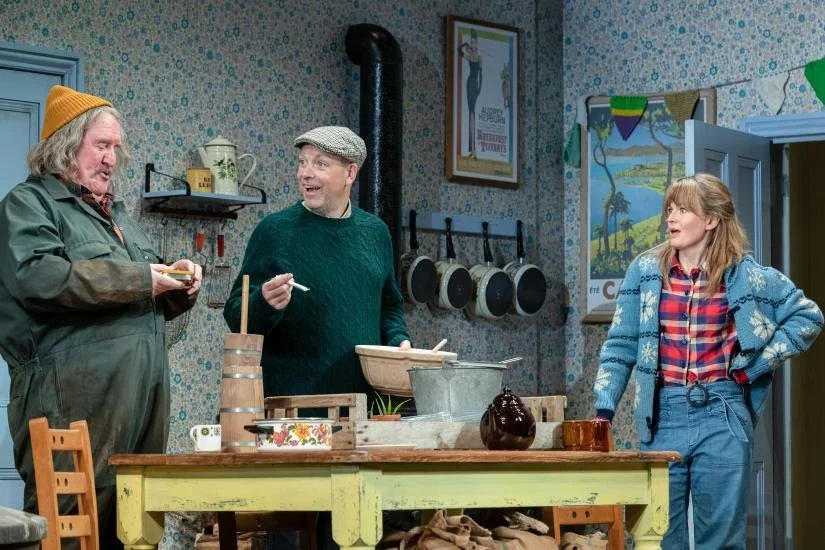CLASSICAL ACCORDION - AT STAPLEFORD GRANARY
Let’s hear it for the accordion! And after last night’s thrilling performance, let’s hear it again. The instrument – like the harmonica – is not usually associated with high musical art. Yes, it does wonders for a stage play by Gogol, provides a sharp satirical edge for a bit of Brecht – but let’s face it, it is the Cinderella of the classical world. If so, no one has told Samuele Telari. This young Italian maestro has won many awards, and on this hearing, rightly so, for his mastery of this gorgeous but misunderstood instrument.
The recital started gently enough with a lovely sounding bit of Bach, his Prelude and Fugue in F sharp minor. Telari following the score on his ipad doesn’t just play, he lives and breathes with the accordion. It is like an extra pair of lungs. Straight away we knew were in for an evening of superb musicianship. Who knew that the accordion could provide such delicate sounds? And of course when big and brassy is needed, like some portable piping organ, it more than fits the bill.
Bach’s measured tones were quickly replaced by three movements from Grieg’s songlike Holberg Suite. The opening Præludium cantered away at a breathless pace. In his hands the accordion is a force of nature filling Stapleford Granary concert hall. It was a joy to watch him give brief shunts to the instrument to effect staccato or run his nimble fingers up and down the buttons and keys to create a rich, deeply sonorous sound.
The final piece was impossible to resist: a transcription of Mussorgsky’s evergreen music drama, Pictures from an Exhibition. Beyond the grandeur of the opening Promenade (depicting the composer’s thoughtful mind-meander amongst the paintings of his friend) to the triumphant finale – the Great Gate of Kiev bells ablaze with Russian Orthodox fervour, Telari’s love affair with the accordion brought forth musical riches. The piece is a showcase of dramatic music – low comedy, high drama, Russian melancholy and crazy antics (e.g. the Ballet of the Unhatched Chicks), the artistry was breathtaking and the sound world full of ravishing textures and colours. It was as if Mussorgsky had written this piece for the accordion (of course, he had not). It was also a visual treat to watch the master at play, the music drama unfolding not just through his nimble fingers but also with his facial expressions.
The evening ended with a generous encore – a thick tasty slice of Scarlatti. Re our view of the accordion - we all left that bright Stapleford Granary room happier and wiser - hoping that it won’t be too long before we hear it again.






